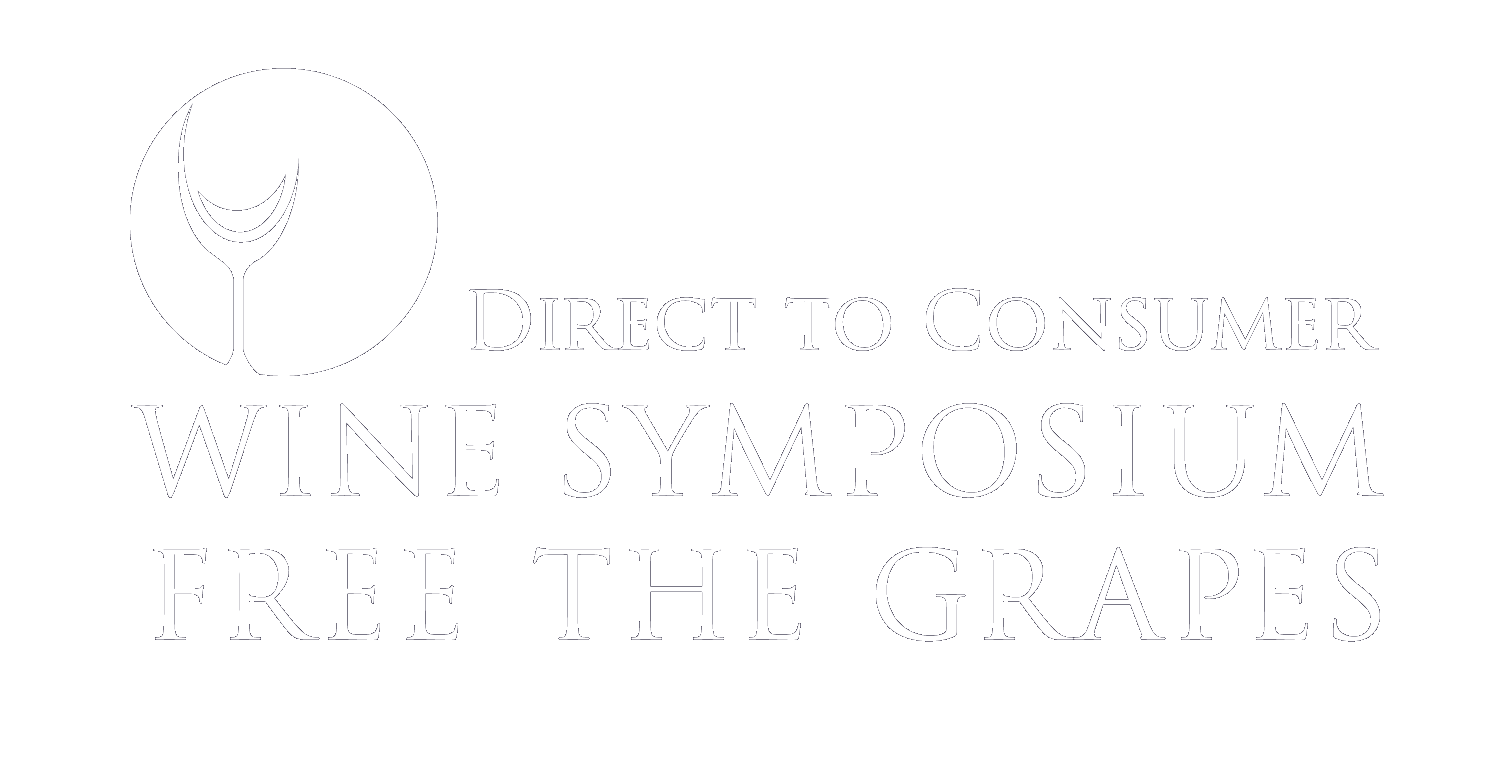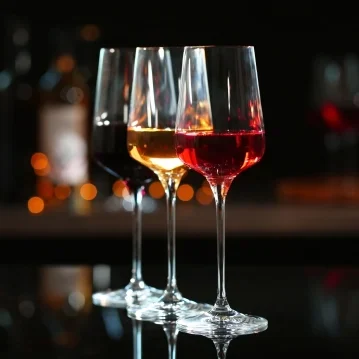Ed F. | General Manager, Tank Garage Winery-Farm Collective Napa Valley
I purchased an old CRT TV last week—for a Tank Garage Winery project—and the seller told me they bought it to chase a “more Y2K-era lifestyle.” Nostalgia is a hell of a drug.
For the wine industry, I totally get it. The 2000s and 2010s were a golden era of growth. We concocted the "wine club," a recurring subscription model with limited consumer choice, and used it to drive seemingly endless DTC growth for decades. The people flocked to our wineries, signed up eagerly, then took whatever wines we told them to—with little power or complaint.
To our credit, we took steps to improve our clubs. We added benefits, increased discounts, and introduced "user choice" clubs to give members more control. But sooner than we had planned, a new decade came to take away our skinny jeans, ankle socks, and guaranteed club growth.
The current trajectory of wine clubs across our industry is poor. According to the Silicon Valley Bank‘s recent Direct-to-Consumer Wine Report, the average winery’s annual club growth rate dropped from 11% in 2018 to just 2% in 2024. Club attrition rates now surpass acquisition rates in nearly all California regions, and the average winery producing 10,000 or more cases saw a net contraction in their membership size. The current club model seems cooked.
Amongst the many obligatory “headwinds” battering wineries right now are consumers' evolving expectations. They now demand more personalization, convenience, and value. Our current club models, bless their hearts, are not yet equipped to seize these new opportunities. But they soon will be. To answer how, I’ll bravely propose a concept that no LinkedIn thought-piece has ever posed before: AI.
I know, I know, stick with me here. Though we’re all tired of hearing about AI, it will truly transform wine club subscriptions for the better. Here’s how:
A Unique Club for Every Member
On average, wine clubs offer 2–4 levels of membership and ship wines 3–4 times per year. This forces consumers into dumbed-down offerings, not always tailored to their unique needs. AI clubs will have sophisticated onboarding workflows to capture member preferences for frequency, bottle quantity, price, and style.
AI will build, and run, clubs that perfectly serve each individual member’s personal needs. It will track member behavior and dynamically adapt the club over time. If your guest wants three red wines every month during the winter and a case of Rosé every two weeks during summer, then that’s their club.
Automatic Curation
According to Commerce7, only 24% of club members edit their default package when given the opportunity. But what about the other 76%? Are they getting wines they’ll always like? Now, we could presume these members are getting the optimal wines for their preferences, but let’s also consider that these consumers may be too uninformed or burdened by the process to select the right wines.
AI will get every member the right wines, every time. Rather than having wineries set default wines each release, AI will use preferences and buying history to curate wines for each member. Not only will this conveniently lift the burden of customization off customers, but it will also ensure our more passive members receive wines they’ll love. Wine Club managers will see less churn and tasting room pitches will become more compelling.
Agentic Customer Service
Wineries have slowly loosened their white-gloved grips on support, introducing more self-service options for members. But it can be better.
AI-driven clubs will leverage Large Language Models like ChatGPT, integrated directly into our sales platforms, to help members order more wine or redirect a package, all in natural language. These models will connect directly to channels like email, SMS, or online chat, and will work 24/7 without the need for your Wine Club team to lose a second of sleep.
Deep Marketing Personalization
76% of consumers are more likely to purchase from brands that personalize marketing. If you think segmenting your members from non-members and merging in first names is impressive, hold on to your Von Dutch hats.
AI will unlock a new level of dynamic segmenting, churn prediction, and cohort profiling. AI will surface opportunities and segments we never imagined. It will craft unique offers, messages, tasting notes, and pairings for each member, using the vocabulary and imagery they respond best to.
One member might receive a Robert Parker-coded release email with a beef wellington recipe, while another receives a text with recommendations to a local taco shop and references to 10 Things I Hate About You.
Dynamic Benefits & Recognition
Flat discounts and complimentary tastings are now merely table stakes. Soon, AI will help us easily extend bespoke benefits and incentives to each member. We’ll gamify membership, rewarding everything from longevity and referrals, to how often members visit.
The dawn of AI clubs is coming. While they won’t solve all the wine industry’s woes, they will help wine clubs adapt to the changing consumer landscape. And it’s not far off.
Commerce7 recently launched “Insights” and offers flexible subscription models. Winehub and Awtomic leverage Shopify and offer robust recommendation engines. Enolytics features Robin, an AI agent that surfaces actional insight. Corksy and OrderPort have also hinted about their plans to weave AI technology into their platforms.
Now it’s on to us, the wineries, to keep the pressure on our partners to implement new technology and un-cook our wine club models. And if they deliver on AI’s potential, wineries will one day yearn for a more Y2020s-era lifestyle.


